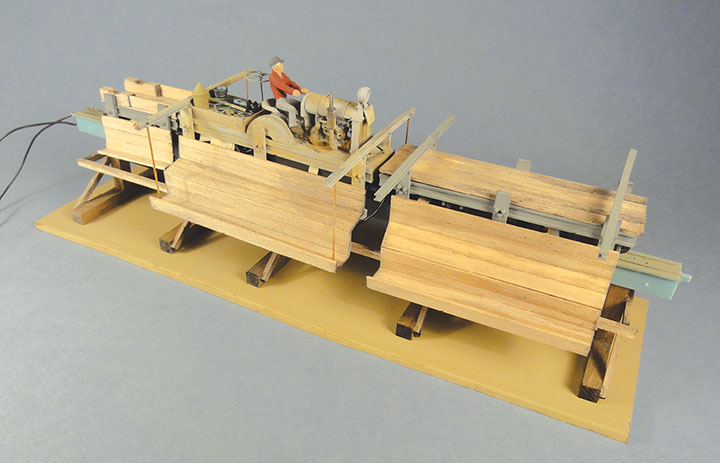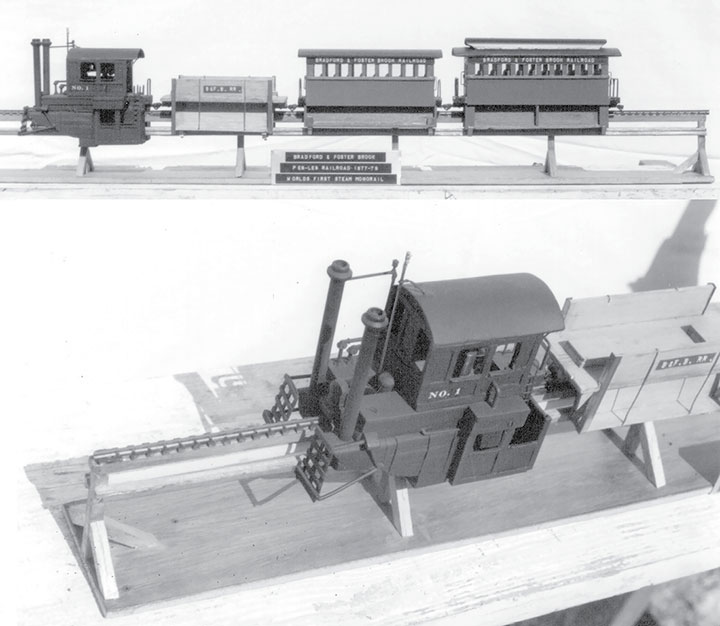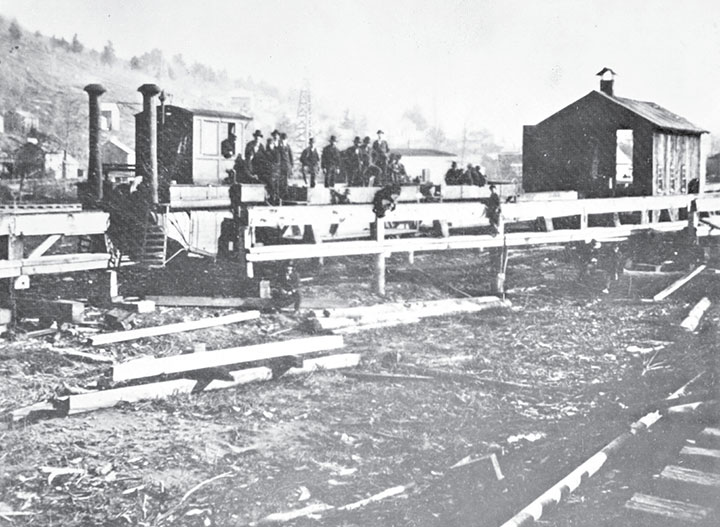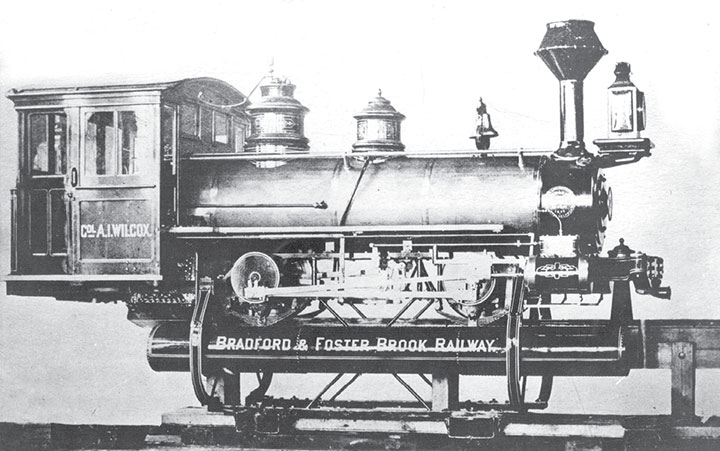Maybe Some Day
I have always liked unusual and unique railroads, and none are more unusual and unique than monorails. They are the ultimate narrow gauge since they have no gauge. Adrian Garner is an expert on monorails and has written several articles in the GAZETTE about them, and two excellent books. In the January/February 2008 Robert’s Ramblings, you can see a photo of a monorail locomotive built by Adrian in the 1970s, along with a photo of a youthful Adrian standing nervously next to Irene while she is holding her pet boa constrictor, Vampire. Adrian survived that meeting and went on to build clocks. However, recently he decided to build a 7mm scale model of an American Magnesium Company monorail locomotive and share it with us. You can see his clock-making skills in the engineering and construction of his locomotive on page 24.


I too, built a model of an American Magnesium Company locomotive, but not having Adrian’s skills, used the mechanism from an Australian monorail kit. It runs so poorly, I just hid it away out of sight.
But my favorite monorail, and one I have always wanted to model, would be the 5-mile-long Bradford & Foster Brook that once ran between Bradford and Gilman, Pennsylvania. Adrian wrote an article on this railroad in the March/April 2011 GAZETTE. The line was built in 1877, and hauled oil well parts and passengers. The B&FB paralleled the 3-foot gauge Bradford Bordel & Kinzua for a bit, and the train crews liked to race each other. What a sight that must have been!

-Photo, Mckean County Historical Society, courtesy L.W. Kilmer.

The B&FB was built on 12-inch square posts with side beams to keep trains on the rail. Some people who saw it thought the railroad looked like a line of washing. The locals dubbed it the “peg leg railroad.” There were three locomotives. The first was built by the LaFrance Company, and had twin boilers hanging down each side of the single rail. The B&FB also bought an 0-2-0 from Baldwin, but it proved too heavy and crashed through the right-of-way.
The end came on January 28, 1879, when a locomotive hauling a flatcar loaded with members of the local communities and the Board of Directors, exploded—killing seven people and injuring many more. The railroad was sold at a sheriff’s sale in 1889.
If you want more information, consult Adrian Garner’s book, Monorails of the 19th Century; Lawrence Kilmer’s book, Bradford & Foster Brook, Peg Leg Railroad; and Adrian’s article in the March/April 2011 GAZETTE. Both books include drawings, photos and diagrams of the B&FB.
-Bob Brown